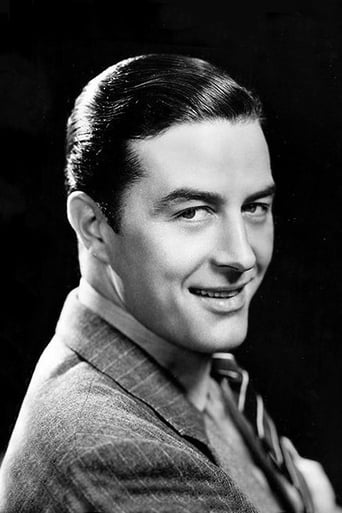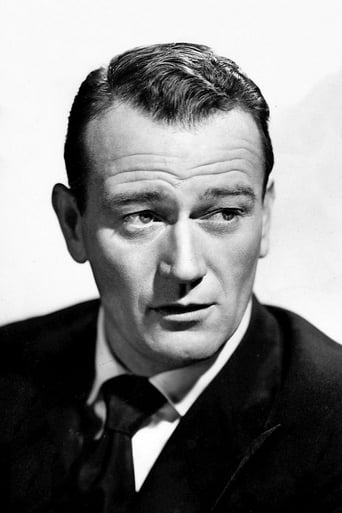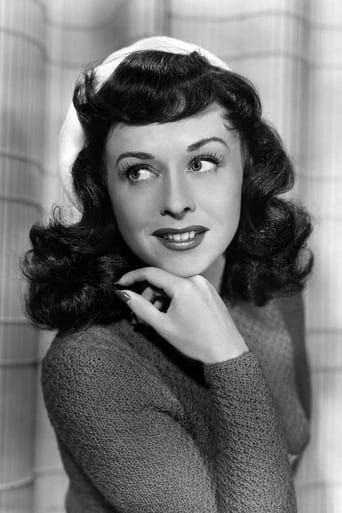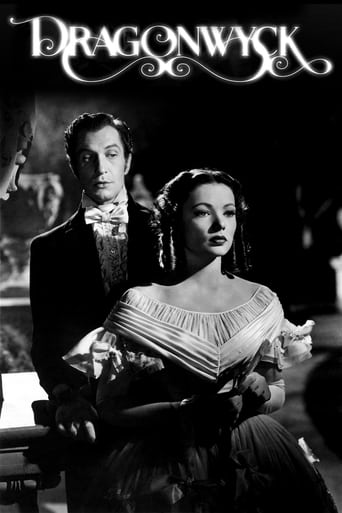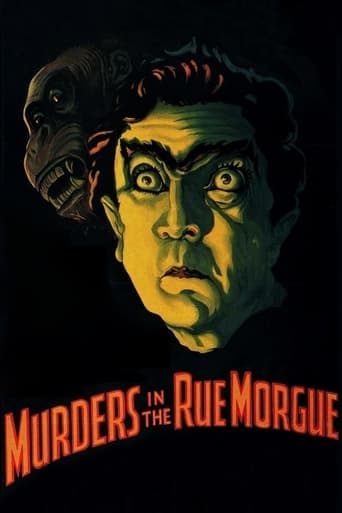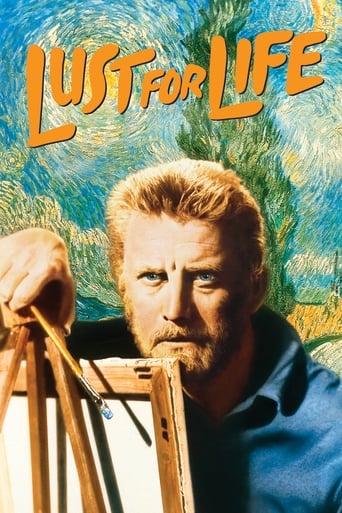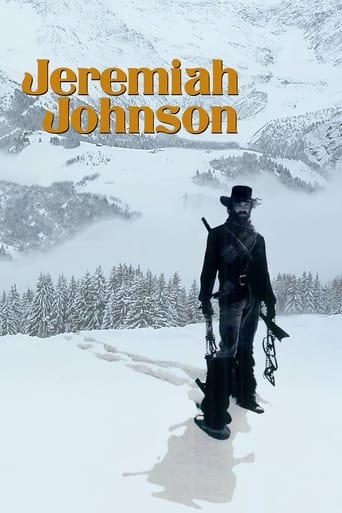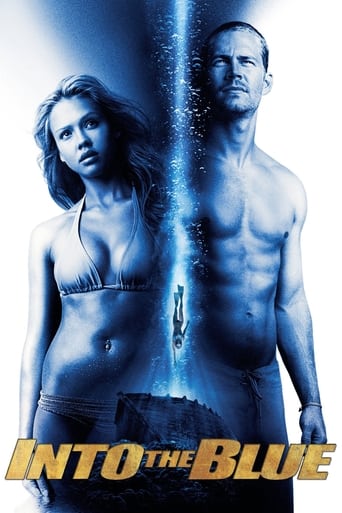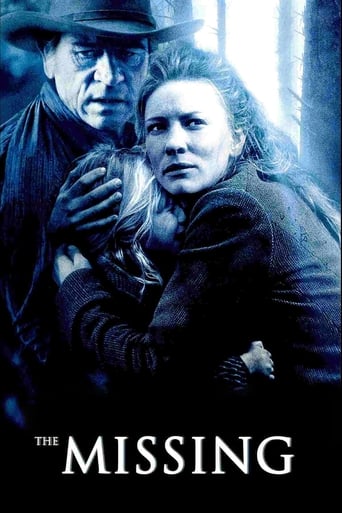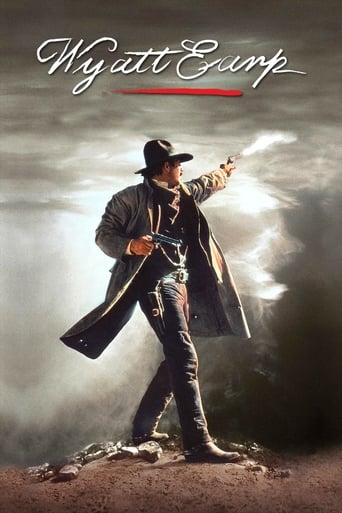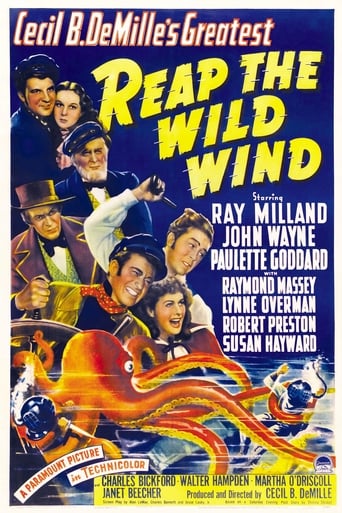
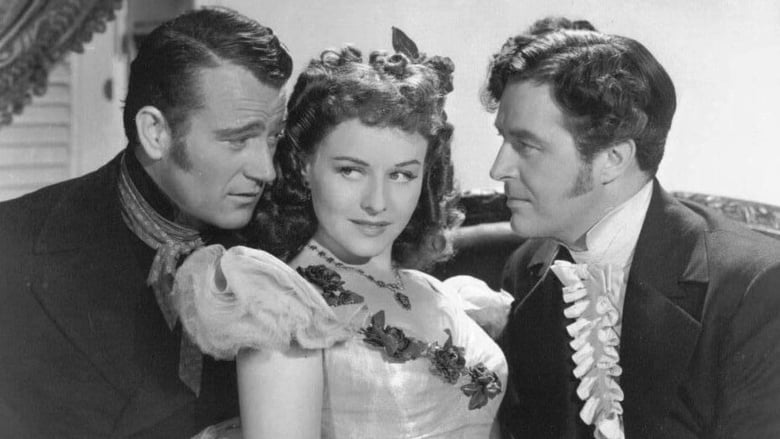
Reap the Wild Wind (1942)
The Florida Keys in 1840, where the implacable hurricanes of the Caribbean scream, where the salvagers of Key West, like the intrepid and beautiful Loxi Claiborne and her crew, reap, aboard frail schooners, the harvest of the wild wind, facing the shark teeth of the reefs to rescue the sailors and the cargo from the shipwrecks caused by the scavengers of the sea.
Watch Trailer
Cast


Similar titles
Reviews
Cecil B. DeMille's romantic adventure tale about a love triangle between feisty Paulette Goddard, lawyer Ray Milland, and ship's captain John Wayne. There's also some stuff about salvager Raymond Massey who is really just a pirate. Interesting film in that it doesn't look the least bit authentic yet I still like the look of it. It's very setbound and the matte painting backdrops are obvious, as is the pool pretending to be the sea. But there's something charming about it all. Paulette Goddard is radiant in technicolor. John Wayne is solid as ever though he has to play runner-up to Ray Milland. For his part, Milland is pretty good considering he's outside of his comfort zone a bit. Raymond Massey is probably the best of the cast in his role as the villain. Susan Hayward and Robert Preston also appear. This is a DeMille picture so that obviously means the acting is broad and sometimes over-the-top. So expect that going in. The romantic stuff is the pits. The real selling point to the movie is the special effects which won an Oscar but are the butt of jokes today. As I said before, I enjoyed the look of the film even though I didn't believe for a second that they filmed on location anywhere. Also the giant squid at the end, while clearly fake, was pretty impressive for the time. It's undeniably cute today, though. The point behind this picture seems to have been to sell Ray Milland as a tough guy to audiences at the time. On that front, it's pretty silly stuff. I like Milland but even I wouldn't flinch at the thought of taking a punch from him and I'm hardly a tough guy.
In Cecil B. DeMille's 1840 America, pretty Paulette Goddard (as Loxi Claiborne) is a Southern belle who runs a "salvage business" inherited from her daddy. After a hurricane hits the Florida Keys with "wild winds," Ms. Goddard heads out to inspect a ship wreck. She helps rescue the ship's manly skipper, a wounded and light-headed John Wayne (as Jack Stuart). Nursing Mr. Wayne back to health are Ms. Goddard and her superstitious mammy Louise Beavers (as Maum Maria). Goddard and Wayne kiss and pledge their love, although he must go to sea and she travels to Charleston with pretty cousin Susan Hayward (as Drusilla Alston). At a fancy tea party, Goddard sings a song badly. This doesn't bother the third part of the film's love triangle, seafaring ventriloquist and lawyer Ray Milland (as Stephen 'Steve' Tolliver)...Getting cozy, Goddard and Mr. Milland exchange come hither looks and talk about marriage. As you might expect, the men clash over Goddard. Mr. De Mille gets some good costumes and color photography (by Victor Milner and William V. Skall) for his effort, but fails to make this an artful epic. Apparently, something approaching "Gone with the Wind" (1939) was intended. While nicely decorated, many of the ship set scenes seem directed to look small. The relationships between the three leads – Goddard, Wayne and Milland – is confused and juvenile. Better acting honors go to the squirrelly monkey, the talking dog and the giant squid; although Robert Preston (as Dan Cutler) somehow finds his character and makes it work. Still, the film was a success at the box office and won an "Academy Award" for special effects.***** Reap the Wild Wind (3/18/42) Cecil B. DeMille ~ Paulette Goddard, John Wayne, Ray Milland, Raymond Massey
This colorful sea action yarn of shipwreck and illegal salvage in 1840s Key West was directed by Cecil B. De Mille so you shouldn't expect subtlety. When a woman is supposed to look "frightened," her eyeballs extrude as she claps her hands to her cheeks and gasps. A man who is "mean" looks like a Turkish pederast.It isn't slow, though. It zips along, plowing through the seas, charging through the courtroom scene, brawling through fist fights, lacking anything like pauses for character, humor, or whimsy, as bloodless as if drained by a vampire.The model work is pretty good for the period. It's true that the texture gradient is ignored, so that a distant splash of sea water throws up spray with drops as big as basketballs, but compared to a contemporary movie like "The Sea Hawk" it's convincing enough. And the color photography is above average. In some of the model shots, the many-masted rigs seem to sail under lenticular lavender clouds glowing with underbellies of a soft rose in the setting sun. The seas scintillate. The image is as pretty as a travel poster. Take Your Next Vacation In San Placebo, Getaway Of The Stars!It's taken from a story in the magazine founded by Benjamin Franklin, "The Saturday Evening Post." The weekly magazines were the source of many stories made into screenplays. "Stagecoach," for another instance, was from an Ernest Haycox story in "Collier's" magazine. The public used to READ MAGAZINES in the 1940s! I no its hard 2 believe.John Wayne has the role known as second male lead in this one -- second to star Ray Milland -- and it's just as well. Wayne would shortly turn into a serious performer but he wasn't there yet in 1941. Milland doesn't walk around in a cloud of pheromones either but he's animated, hits his marks, and delivers his lines with vigor.The two principal Southern ladies -- the charming and innocent Susan Hayward and the spirited, unconventional Paulette Goddard, whose character owes a lot to Scarlet O'Hara -- are amusing on screen together. Hayward was from Brooklyn and Goddard was born in Queens. They never forgot their New York background. Goddard left most of her estate to New York University when she died.The racial relations remain as stereotyped as ever. May I mock them? If Goddard resembles Scarlet, Louise Beavers resembles Mammy -- always shaking her head, mumbling about voodoo drums and scolding her charge -- but she's a pale imitation. De black folk, day neber called "slaves." Day be de friends of de buckra who hob de ballroom full wit people dat be dancin round in circles called de waltz in de Big House. I done forgit who be the darkie wit de big white eyes but he ain't de same booger who say in annudder movie, "Feets, don't fail me now!" One of the most memorable lines occurs when the indefatigable Ray Milland is pursuing the spunky young Goddard and she slaps him or something and he says, "You're very desirable when you're angry." That translates as, 'You're cute when you're mad," in case you missed it.It's not often that John Wayne plays a heavy, even a confused one, but he does here. He sells his integrity to spite Milland, whom he has been led to believe is his enemy. Wayne pays the price the code of the time demanded.Despite the portentous narrative introduction by De Mille himself, there isn't much in the way of spiritual nourishment to be had from this flick but you're not likely to be bored. It's designed specifically to prevent that from happening.
Having seen this film many times, I can understand those critics who regard it as yet another ripe example of director Cecil B. DeMille hokum and excess. But for me, it is far easier to side with folks who like "Reap the Wild Wind" as a prime example of rousing old-fashioned screen storytelling at its best.Made just at the outbreak of World War II, Paramount spared no expense to mount this super-lavish yarn about romance, treachery, maritime adventure, shipwrecks, salvage risks involving "dead" ships, and the spectacle of rivals searching for evidence in the deep-----where diving to find it involves less danger than the chance encounter with a giant squid lurking in a sunken hull.John Wayne appears in an uncharacteristic role-----a flawed anti-hero (long before that term was ever coined) who is likable, weak, not too swift but yet charming and easy to root for. Ray Milland also does an unusual turn here. He is both a man of intellect and action----clever, funny and brave. Paulette Goddard is a revelation to those who are unfamiliar with her screen work. Remember, this was 1942. The super-independent, feisty woman she plays with such enthusiasm----while a role model for today's feminists----also shows an understandable human vulnerability. She has never appeared in another film that allowed her to be strong, sexy and appealing all at the same time.The extraordinary supporting cast is an absolute delight. They carry off some of the most outrageously cornball dialogue ever spoken with such conviction that it becomes enjoyable. Raymond Massey's slimy over-the-top villain is unique---and so is Robert Preston's pathetic character as Massey's far less crafty brother. Preston is given the task of uttering one of the film's most unforgettable lines when arriving at a prearranged meeting with his girl friend (a very young Susan Hayward) that may never EVER have been topped as a "groaner.".Special mention should be made of the beautiful Technicolor employed in "Reap the Wild Wind", the engrossing special effects (outstanding for their time) and the exciting musical score written by Victor Young.Altogether, this is a film that holds your interest from the start and never lets it down. It is grand entertainment from the Golden Age of Hollywood. Almost 65 years old, it is still fun to watch. Lots of fun!


